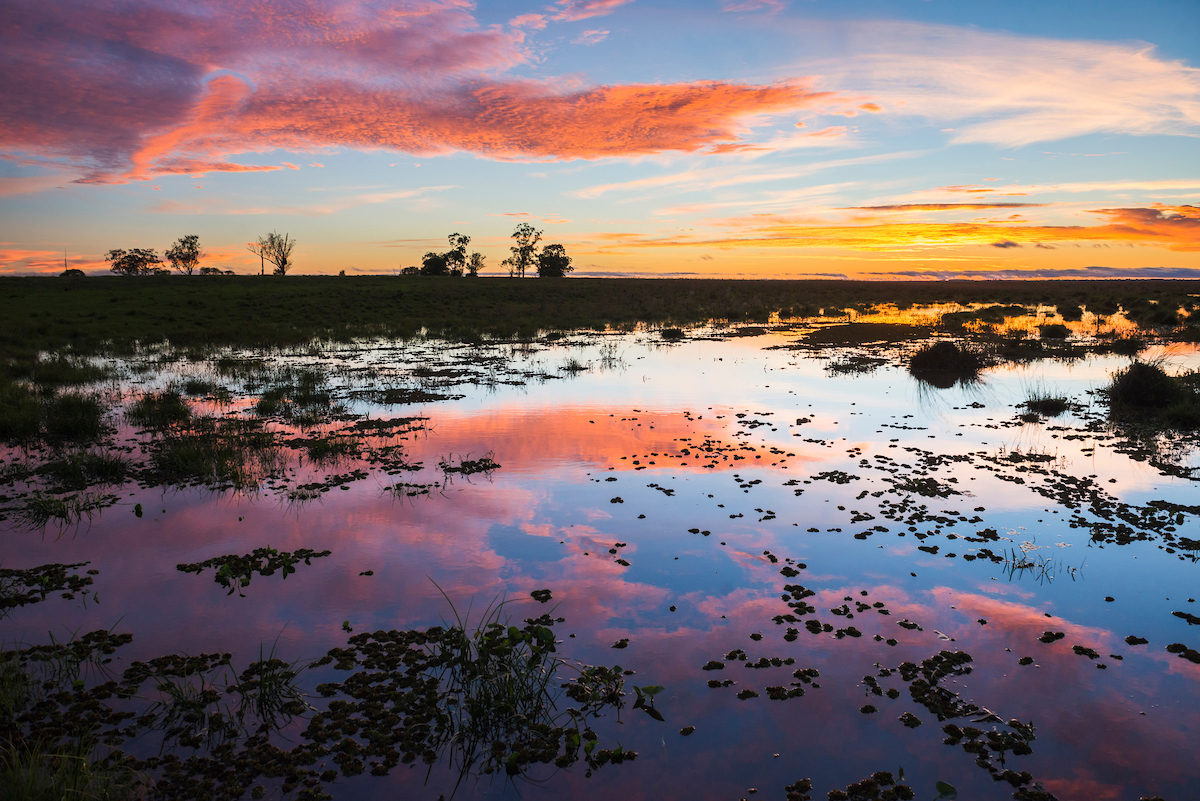Ideal for those in a hurry through Buenos Aires, this full day experience in the countryside nearby provides a little bit of history and everything you need to see, hear, taste and try of the Argentinean culture.
We couldn’t have ask for better weather conditions: a clear blue sky and the sun shining bright above predicted a great day trip into the pampas. Tradition and gourmet were the keywords for the day and we were eager to experiment both.
After the pick up, we begun the journey crossing Buenos Aires’ downtown, passing by the Obelisco and driving through the famous 9 de Julio Avenue in southwest direction towards Cañuelas county, almost 70 km away from the city.

On the way, the guide explained briefly the history of Buenos Aires, the countryside and the gauchos to give a frame to the experience of the day.
We learnt that most of the estancias (ranches or estates) were settled from the late 1700s and through the 1800s in lands that used to belong to native communities. The landowners were usually wealthy European immigrants that used the terrains as a stockbreeding income and also as a recreation property.
During the wealthiest era in Argentina -from 1880 until the ending of the 19th century- under a big European influence (Buenos Aires is called the Southamerican Paris), was when the “luxury estancias” started to grow: English castles and Spanish constructions characterized for its Renaissance style main houses, big windows with ornamented bars, interiors decorated with contemporary extravagant furniture, wide galleries, patios with wells and large tree-covered parks.
The gauchos were -as the quechua word means it- lonely country and semi-nomad men originary from the pampas. They wandered free through the land by foot or by horse and were very skilled riders, fighters, cattle breeders and artisans. After the 1816 Independence of Argentina, the landowners prevailed and the gauchos became the estancia´s workforce.
Entertained with the information and stories that the guide told us, we didn´t realize that soon the urban landscape changed into the green prairie and meadow land that once attracted gauchos and landowners. We were out of the city and finally into the countryside.
About 40 minutes or so, we arrived in Máximo Paz, within Cañuelas county. Here we stopped at Haras Santa Isabel, a local stable, for an authentic & rustic gaucho encounter. We were greeted by a small group gauchos riding creole horses who invited us with an Argentinean classic combo: mate with tortas fritas (fried pastries that you may eat salty or sweet).

Seated under the shadow of an old tree we enjoyed the explanation and show of traditional gaucho skills: doma India -a horse-taming technique based on nonviolence and respect for the animal itself-; carreras de sortijas and cuadreras -creole ring races and short horse races. It was exciting to watch this spectacle with horses running so fast at such a close distance and we were able to confirm that gauchos still are very skilled riders!


After a while, we continued our journey and less than 10 minutes later we arrived at Estancia Villa María. The change of scenery was pretty evident as soon as we crossed the palisade and drove through an exuberant grove with many different tree species along the way. Later we would learn that the ranch´s park is 74 hectares big, it includes more than 300 different tree species -both native and foreign- and it was designed by Benito Carrasco in 1917.
At the end of the road and in the forest clearing, a lush Tudor style mansion raises, brought out of an Oxford´s fairy tale. The estancia was founded in the late 19th century and since the beginning it was a forefather establishment in this cattle breeder zone. The casco -as we call the main house construction in an estancia- was constructed in 1919 by the architect Alejandro Bustillo (also known for several constructions in Bariloche like the famous Llao Llao Hotel) using all imported materials.

We have a little bit of free time to amaze ourselves by the house and the surroundings, taking pictures and exploring in and out. Villa Maria´s guide tells us the story about the estancia and shows us around. We even get to see a couple of the bedrooms available for staying. Most of the furniture is original from the estancia´s origins and was well preserved through time.
Short after the little tour, we visit the wine cellar. A selected collection of boutique wines -both red & white- lies in this dark and small room downstairs, like a passage back in time. A specialized sommelier explains the exposed varieties and we go back up for a short tasting of two red wines, a malbec and a cabernet, and a white one. He explains that if the visiting group is small enough, the tasting takes place at the cellar itself. Today, we’re many so we have it at the semi-closed gallery with a beautiful view of the park.

Here we also have lunch. A gourmet three course menu delights us first with a picada with fine cold cuts and cheeses. Then, a bife de chorizo, the classic steak cut along with rustic potatoes. Last but not least, flan with dulce de leche, a world-known dessert with the traditional Argentinian sugary sauce.

Once lunch is over, we get to experience tango as close as it gets. In the salon, a couple of tango dancers and a singer perform live and invite some of us willing to join them on the dancefloor for a few amateur steps and also sin along to El día que me quieras. A lovely and brief moment that represented the essence of tango.

We are almost ending the excursion but not quite yet. A walk across the park takes us to the polo field, where a polo player greets us riding his horse and showing off his ability to shoot the ball right through without even touching us a bit. Pablo, an experienced rider and player, explains the basics of this sport at which Argentina distinguishes worldwide. After a quick explanation we are ready give polo a try! The express lesson is enough for us to take the horses on a short and slow ride across the field, wave the mallet away and try to score a goal. A fun ending to this day filled with traditional activities.

It’s 4 in the afternoon, the sun still shines bright and the heat makes us feel sleepy. We’re sad to leave Villa María behind, but happy to have been able to take part and get to know more about the traditions of this southern country. We go the same way back watching as the scenery slowly transforms once again into the urban looks of the city of Buenos Aires.
For more information and updated rates about this full day excursion in the countryside, please contact you Kallpa Executive.
GENERAL INFORMATION
- Full day regular excursion.
- Operates on Thursday & Friday from 9 am to 4 pm.
- Current rates available until April 16th 2017.
- No minimum of pax required.
- The order of the activities as detailed above may be modified.
SERVICES INCLUDED
- Transfer from and to hotel.
- Visit to Haras Santa Isabel and Estancia Villa María.
- Wine tasting & lunch with drinks.
- Gaucho skills demonstration.
- Live tango show.
- Express polo lesson.

















